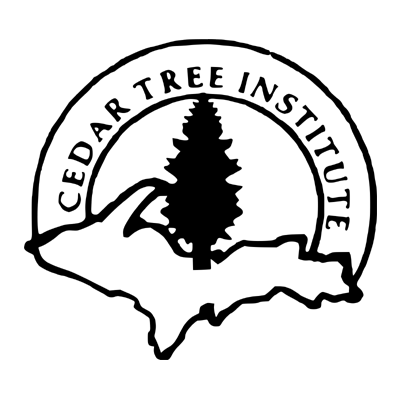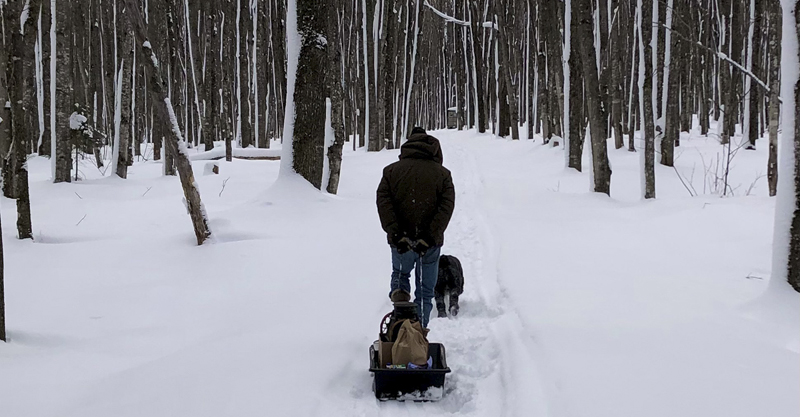Easter 2023
I have great faith in a seed. Convince me that you have a seed there,
and I am prepared to expect great wonders.
-Henry David Thoreau
Here in the Northern Great Lakes Basin we are witnessing what Native peoples of our region traditionally call “The breaking of the Waters.” River ice is melting. In still snow-covered forests, the first green shoots of ferns and mosses are appearing as sign-bearers announcing another spring. It is a time of promise.
One of the enduring problems with religious life is that there is a frequent tendency to regard religious matters as consisting of a list of beliefs. Theologians warn this is not only a mistake, but idolatry. Beliefs are merely imperfect, literal interpretations of experiences. Meant only to serve as doorways
The story of an empty tomb and a resurrected Galilean carpenter, at its essence, is a radical invitation. It’s about a choice to live a promise. Not a pledge of allegiance to creeds, sets of belief, or a collection of thousand-year-old religious stories. It’s about a challenge to choose a particular way of living, and loving, of drowning and rising in the rough waters of human experience.
Ira Progoff once made this analogy. If nuclear power is based on splitting atoms from high grade uranium, it’s important to remember that all matter carries such potential. No one knew for certain what would happen on July 16th, 1945 at White Sands, New Mexico when the first atomic device was detonated. Overwhelmed by what he saw, J. Robert Oppenheimer, the physicist who directed the Project, later admitted he invoked with a whisper the words of Hindu scripture. “Now I become death, the destroyer of worlds.”
We have learned in the last 73 years that nuclear power can be generated and utilized in positive ways. Yet, at Hiroshima and Nagasaki the world witnessed how the human heart is capable of unleashing terrible, unimaginable horror. After the dropping of atomic bombs on Japanese civilians, a few years later Oppenheimer became a pacifist. Once a celebrity, he ended his life marginalized. Progoff reminds us, similarly, that as we are capable of harnessing nuclear power, the human heart can also bring love, compassion, and justice in unimaginable overwhelming explosive measure for this world.
Our daughter and family are visiting Italy. She called a few days ago, and told us she could feel the blood and power hidden in the ancient ruins of the Roman Coliseum. She told her young daughter that during the reign of Diocletian and Nero, followers of the carpenter were executed there, fed to wild lions. But they lived with a promise to the end. Tradition tells us they held one another, singing hymns in the face of their impending death.
String quartets in the Ukraine play music on plazas among the ruins of their bombed cites, faith communities work together to host refugees from Central America. Among our own neighborhoods, small acts of kindness, most which go unrecognized, continue to connect us together,
Easter is about a way of living. The Power of Promise. Death in all its forms is demolished, put to final rest. This is what it means to be an Easter People. Such a choice will always be deep and personal. But it holds, for each of us, a potential power equal to nothing else than an atom bomb.
Jon Magnuson

